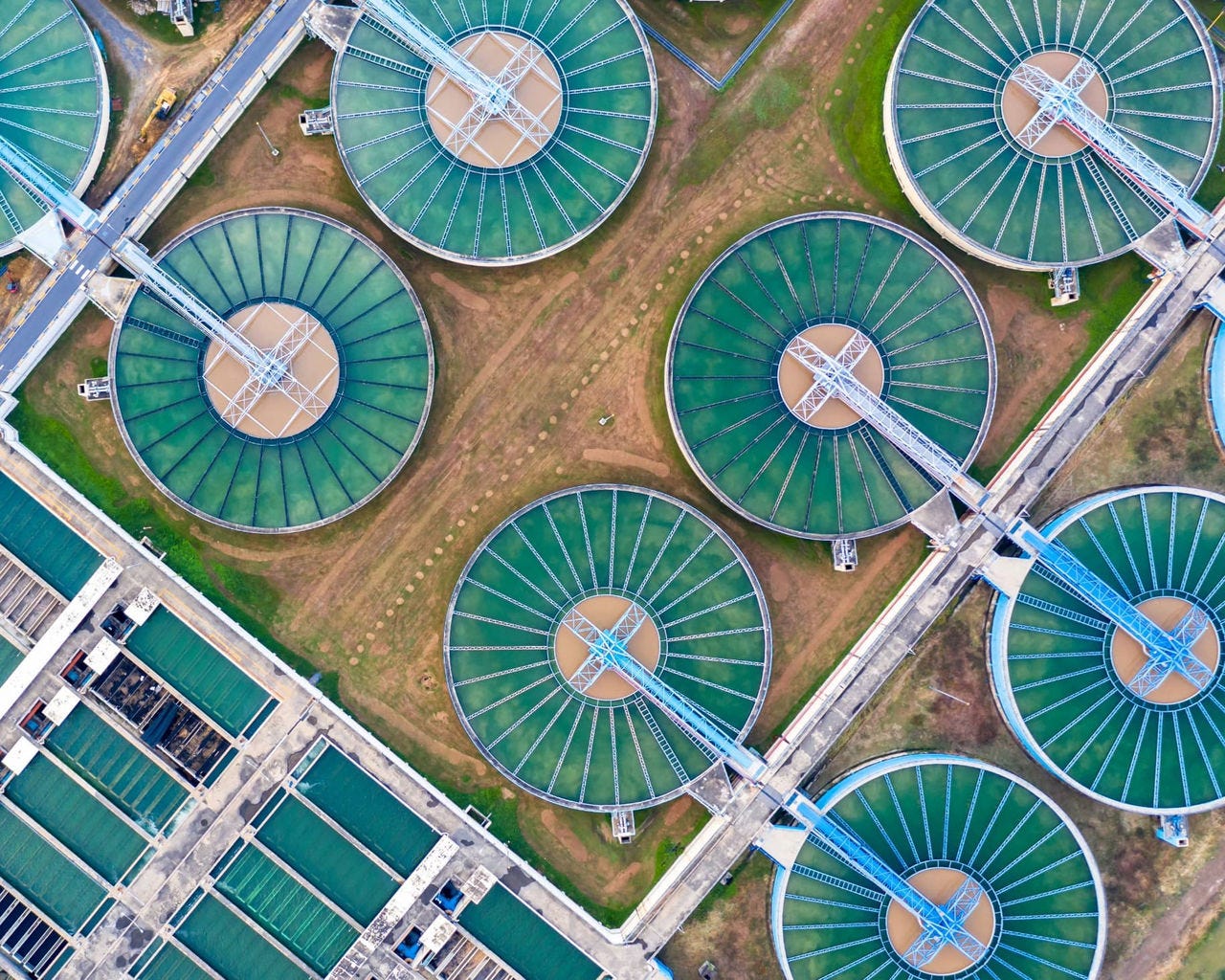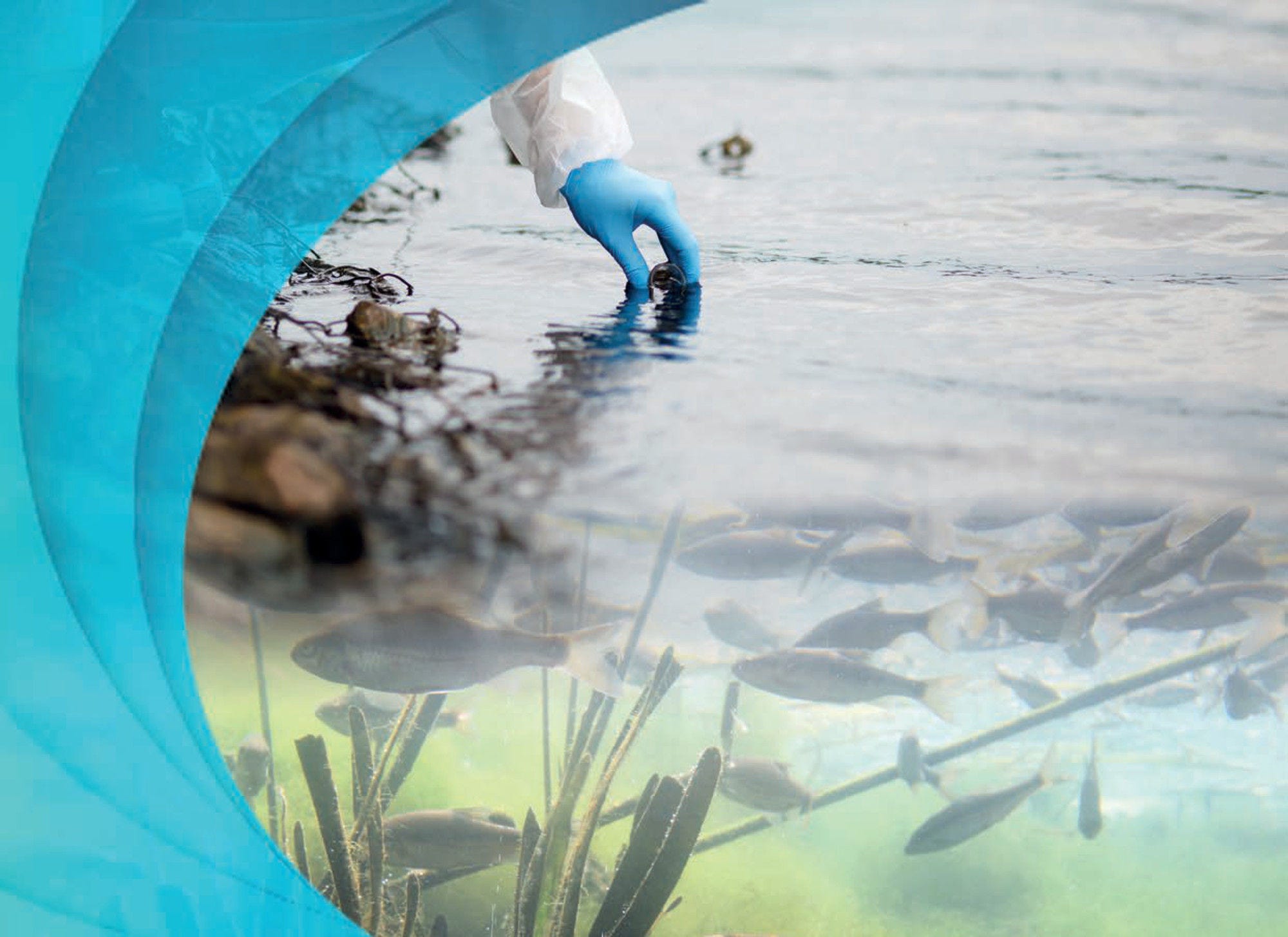Despite decades of regulation and investment to reduce point source water pollution, OECD countries still face water quality challenges from diffuse pollution from agricultural and urban sources, including through surface runoff, soil filtration and atmospheric deposition. This leads to harmful algal blooms, the loss of plant and wildlife species, the eutrophication of rivers and lakes, and the creation of so called “dead zones” in lakes and oceans. OECD work includes a range of policy instruments and innovative case studies from countries that can be deployed to address diffuse pollution control, highlighting that an integrated policy framework across multiple sectors (including agriculture) is needed to address these challenges effectively.
Water quality
Good water quality is vital for human health and for maintaining freshwater ecosystem health, in surface waters, groundwater and coastal waters alike. Water pollution affects ecosystems, drinking water, raises treatment costs and can worsen pressures on water resource availability. The OECD equips governments with practical policy recommendations to tackle pollution, achieve environmental quality objectives and contribute to the restoration of freshwater ecosystems.
Key links

Key messages
Achieving water quality objectives calls for stronger application and enforcement of the Polluter Pays Principle by setting water charges that cover the full costs imposed by the polluters’ release of pollutants directly into water (point source pollution) or indirectly through release into the environment (diffuse pollution). OECD research explores approaches to better enforce this principle, by targeting polluters outside the water and sanitation sectors and raising awareness of water charges inequality across sectors and users. OECD work also identifies good practices and emerging approaches related to assessing disproportionate costs to provide the basis for sustainable, effective and efficient application of the Polluter Pays Principle based on cost recovery assessment.
A range of contaminants are of emerging concern for freshwater, including pharmaceuticals, microplastics and endocrine disrupting chemicals (EDCs). Their presence in water raises serious concerns for the integrity of ecosystems and biodiversity. A policy mix of source-directed, use-orientated and end-of-pipe measures, involving several policy sectors, can help address this complex challenge. New water quality monitoring methods, such as bioassays and non-targeted analysis, can also supplement the traditional substance-by-substance chemical analysis of water quality. The OECD is researching strategies to support countries in the mainstreaming of these new methods.
Tiny plastic fragments, particles and fibres now widely contaminate oceans, freshwaters, soils and air. Once in the environment, microplastics may continue to fragment into smaller particles and persist for a long time. Aquatic species, from plankton to large mammals, as well as humans are commonly exposed to microplastics via ingestion or inhalation. The OECD identified several best practices and technological solutions that can be implemented along the lifecycle of textile products and vehicle tyres to mitigate releases to the environment.
Pharmaceuticals are essential for human and animal health but they are increasingly recognised as a contaminant affecting the environment and human health when their residues enter freshwater systems. Psychiatric drugs alter fish behaviour, endocrine disrupting pharmaceuticals cause reproduction toxicity in fish and increased risk of breast or prostate cancer in humans, and the overuse of antibiotics is linked to antimicrobial resistance – a global health crisis. The situation is set to worsen with growing use of pharmaceuticals projected with economic growth, ageing populations, advances in healthcare, and increased livestock and fish production. A collective, life-cycle approach to managing pharmaceuticals in the environment is needed; this entails a policy mix of source-directed, use-orientated and end-of-pipe measures, involving several policy sectors.
Context
The estimated stock of plastics in rivers, lakes and marine environments are already substantial and are projected to increase further
Plastic leakage to the environment is altering aquatic and terrestrial ecosystems and poses risks of irreversible damage. More than 150 Mt of plastics are estimated to have accumulated in aquatic environments as of 2020. As plastics reach the ocean through rivers via a slow process that can take decades, plastic waste mismanagement could generate adverse consequences for aquatic ecosystems in the long term.
Pollution hotspots in aquatic environments also pose particular risks to human livelihoods that depend on the integrity of such environments, such as tourism and fishing. In 2020 alone, 6.4 Mt of plastic waste leaked into rivers, lakes and oceans. In the absence of more stringent policies, the mismanagement of plastic waste will continue to increase, posing further risks to ecosystems and human well-being, and approximately 9 Mt of plastic waste is projected to enter aquatic environments annually by 2040.
Managing endocrine disrupting chemicals in freshwater
Endocrine disrupting chemicals are a long-overlooked growing environmental and health concern. They have been detected in freshwater, wastewater and drinking water, originating from consumer products, pharmaceuticals, agriculture and industrial production. Their presence in water raises concerns for the integrity of ecosystems and biodiversity. This video based on a recent OECD report on endocrine disrupting chemicals in freshwater examines how new water quality monitoring methods are increasingly used to better screen the risks.
Sewage treatment levels are high throughout OECD countries with a few exceptions
Following decades of investment in wastewater treatment throughout OECD countries, current levels of treatment are high which means that point-source nutrient pollution has reduced significantly, although sewage overflows remain a severe concern (particularly when combined sewer networks are in place) whilst other countries still need to invest significantly in wastewater transport and treatment. Infrastructure maintenance and renewal is also a significant issue for ageing wastewater transport systems and wastewater treatment infrastructure.
Related publications
-
 Working paper24 May 2024
Working paper24 May 2024
Read our latest blog piece
Even with an Olympic event lined up, improving water quality is not that straightforward
Related policy issues
-
All life on Earth depends on biodiversity and water. Yet these invaluable natural resources are under increasing threat from multiple pressures caused by human activities. OECD analysis on biodiversity, covering both species and ecosystems, and water supports governments in developing policies that yield greater environmental benefits in a cost-effective and inclusive way.Learn more
-
Water is essential to life and for the health of ecosystems. Access to plentiful, good quality water resources underpins sustainable and inclusive development. Climate change, biodiversity loss and pollution all create pressures that disrupt the ability of freshwater systems to continue providing ecosystem services, impacting human health and nature but also affecting economic growth and generating financial risks. The OECD helps governments to manage their water resources and deliver water-related services effectively across economic sectors and policy agendas.Learn more
Questions? Reach out to us
For more information, please contact Sophie Trémolet (Team Leader) and Marijn Korndewal (Policy Analyst) from the Water team of the OECD Environment Directorate.



